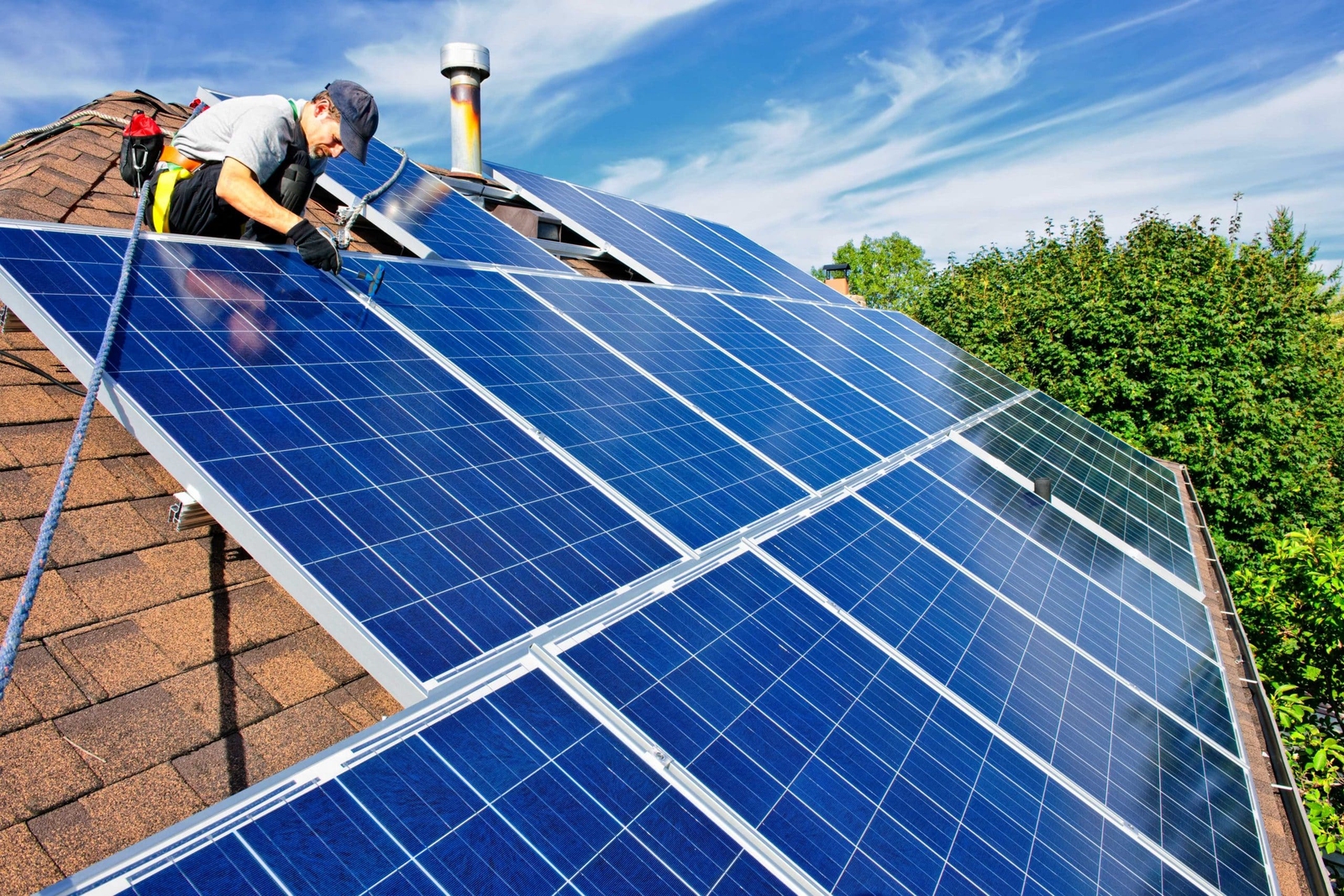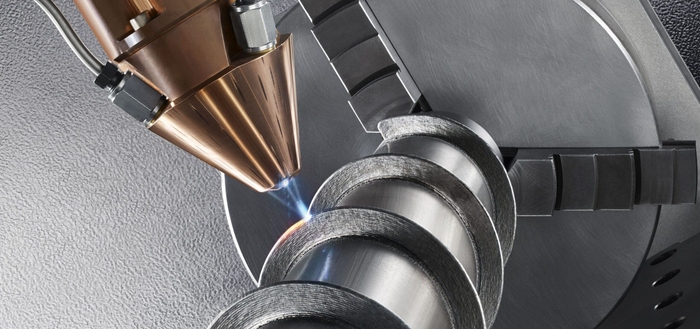KraussMaffei boosts Mexico’s agricultural industry with sustainable logistics solutions in packaging
Discover how KraussMaffei helped transform eco-friendly packaging in Mexico’s logistics sector—read the full case study now.
Welcome to Headland Technology Client log in
Whether you’re after a machine, spare part, power tool, or need to book a service call Headland will help you find the right solution in a timely manner.
Fill out the form below and the relevant expert will be in touch with you shortly.
Since the dawn of the industrial revolution in the late 18th century in Britain, the manufacturing sector has created innovative new technology to save time and cost, and to improve product quality.
From the Flying Shuttle, a simple weaving machine that helped revolutionise the textile industry, to 3D printing and artificial intelligence, manufacturers have always looked for ways to improve their processes and systems.
In recent years, decreasing the impact of manufacturing on the environment has become a major driver for the development of technologies that minimise waste and promote sustainability.
With growing public demand for green technology, governments and business are turning from traditional manufacturing methods, which rely heavily on the mining, processing and shipping of materials, to more efficient and environmentally sustainable approaches.
Driving down costs, improving productivity, and meeting environmental standards are three critical goals for advanced manufacturing right now. The good news is these aims are absolutely in lockstep. The question is what are some of the technologies that can help deliver those goals?
The future of manufacturing is smart, clean and here
One of the major concerns for Australia’s advanced manufacturing sector is not wasting material, like steel, which is expensive to mine and process and very carbon intensive to produce. Reducing wastage from manufacturing inputs like steel is at a premium.
Advanced manufacturing solutions from Headland Technology are helping shape the future of industrial production in a way that keeps business efficiency AND environmental sustainability, front and centre by reducing waste.
Additive manufacturing (AKA laser sintering or laser melting) for instance, can be used to fabricate, coat and repair components with extremely high material requirements. Unlike traditional ablative manufacturing methods, design determines this form of manufacturing.
In the last 20 years, industrial machine manufacturer, TRUMPF, has brought two additive manufacturing laser processes to industrial maturity — to create complex shapes and individual metal components layer-by-layer from metal powder. A process which is bespoke, labour efficient, low cost and produces almost zero waste.
Sounds good, but why is additive manufacturing the way forward?
With customers demanding more variation and smaller lot sizes, laser metal fusion (LMF) and laser metal deposition (LMD) are two technologies that will address product run fluctuations while fostering a greener future.
Laser metal fusion (LMF)
Also known as metal 3D printing, laser metal fusion is a method in which a workpiece is built up gradually in a powder bed. A laser melts down the metal powder in material layers at the points specified by the component’s CAD construction data.
LMF can produce geometrically complex parts with delicate internal channels and cavities that can’t be made using conventional processes like turning or milling. Components which exhibit high stability as well as a low weight, such as customised implants, prostheses and dental crowns, are created using this type of printing.
Laser metal deposition (LMD)
Laser metal deposition is a manufacturing method for metals and metal-ceramic compounds. It can be used to generate or modify 3D geometries, and to undertake repairing or coating processes.
Commonly used in the aerospace industry to repair turbine blades, it also fixes broken tools, shaping new surfaces, and is employed in automotive engineering to refine components.
The future of manufacturing sector lies in its ability to produce unique parts with complex geometries and little wastage. Both LMF and LMD are ideal for rapid prototyping. The digital process means that design alterations can be done quickly and efficiently during the manufacturing process.
Unlike traditional manufacturing techniques, the processes curb material waste, provide cost reduction for high value parts and are shown to reduce lead times. What’s not to like about advanced manufacturing?
Whether you’re after a machine, spare part, power tool, or need to book a service call Headland will help you find the right solution in a timely manner.
Fill out the form below and the relevant expert will be in touch with you shortly.
Laser deposition welding machines for sale in Australia and New Zealand from TRUMPF. Join, repair, and coat metals and metal compounds.
Metal 3d printing machines for sale in Australia and New Zealand from TRUMPF. For series production of geometrically complex parts.



